Take a moment to listen to your heart. If it could speak, what story would it tell?
This is a sample of one of our 600+ workshops in the format it is presented to our trained facilitators. Though this version is written for creating with children, all ages can benefit and are welcome to participate. Join us at a training to gain access to our entire library of workshops.
LEARN MORE ABOUT OUR TRAINING
DOWNLOAD PDF
Objective
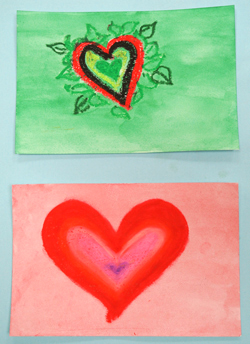 This workshop gives children and teens an opportunity to listen to their hearts, value the stories within them, and recognize that others want to hear their stories, by creating a Heart Stories art piece.
This workshop gives children and teens an opportunity to listen to their hearts, value the stories within them, and recognize that others want to hear their stories, by creating a Heart Stories art piece.
Age Range
6 and up
Materials
• Oil pastels (Cray-Pas preferred)
• Thick white paper or watercolor paper
• Brushes
• Watercolors
• Cups with water
• Paper towels
Optional Materials
• Paper for placemats
• Music
Timeframe
Intro: 5 minutes
Warm Up: 10 minutes
Creation: 35 minutes
Closing: 5 minutes
Total: 1 hour
Introduction
“Today, you will have a chance to notice what’s in your heart and what your heart would say if it could talk. You will have the opportunity to create Heart Stories paintings to express the different feelings you have in your heart. You will have the chance to think about what color your heart would be inside and outside. Remember, it is perfectly okay if it doesn’t look like anyone else’s, we are all unique and we all feel are feelings different.”
“Before we begin, I want you to know that this workshop is a window of time for you. This means that this is a safe space to notice your thoughts, feelings, and needs. Since this space is your window of time, everything you say or do is voluntary. I’ll offer a suggested workshop idea, share about the materials we have available, and invite you to create, but there’s no right or wrong way to do this. It doesn’t matter what it looks like. What matters is taking this time to truly honor your thoughts and feelings, however they come out. If you can’t think of anything or draw a blank on what to create or write, feel free to just observe. However you choose to spend this time will be perfectly okay. This is your time. Please ask for what you need, and know that I’m here in support of you.”
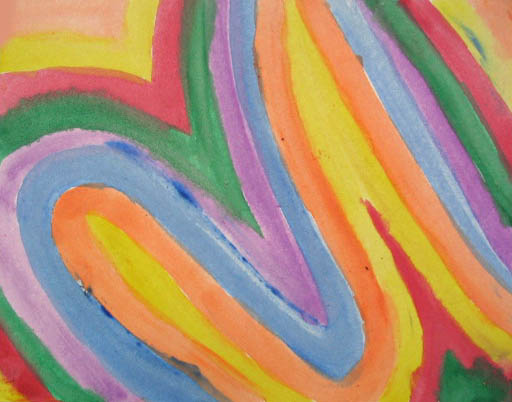
“My heart feels glad because I am thankful. There is no wrong way to do art.”
Warm Up
For the warm-up you have the option to utilize any of the following suggested exercises, or incorporate your own exercise. Feel free to alter or adapt any element of this workshop to cater to your group’s needs. You may wish to consider your age group and other relevant factors to determine which exercise, if any, you wish to include in your workshop.
Option 1: Heart Talk Warm-up:
This is a discussion-style warm-up that children can do in pairs. You can invite the children to select 1-3 questions from the list below or create your own, and give them the opportunity to discuss with a partner.
Option 2: Confetti Heart Questions:
You can print several copies of the questions you have selected for your group on colored paper and cut out each question separately. You can then scatter the questions in the center of the table, and encourage the children to pick a question at random or to pick one that they like, and share their thoughts with the group.
Possible Heart Talk Questions:
- What is something that made your heart happy this week?
- If your heart was a color today, what color would it be and why?
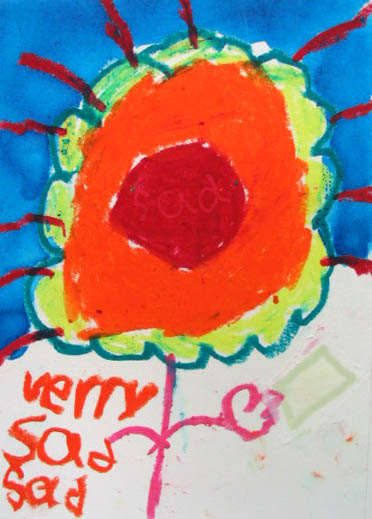
“Tomorrow we’re leaving, so my heart is sad and crying. It is drying its eyes with a towel.”
- What makes your heart laugh?
- If your heart could do something fun, what would it do?
- If your heart could do something it’s never done before, what would it do?
- What’s something your heart is proud of about you or your family?
- What makes your heart feel safe?
- What makes your heart feel scared?
- What makes your heart strong?
- What makes your heart beat faster?
- What makes your heart happy?
- How do you look when your heart is sad?
- How do you look when your heart is happy?
Option 3: Embodied Warm-up — Happy Hearts/Sad Hearts:
This embodied warm-up can work well with younger children. This can also be a stand alone workshop, meaning you can choose to only embody the heart stories and omit the visual art portion.
“During this exercise, I’m going to ask you some questions, if you feel comfortable following along, that’s great. If you feel more comfortable just listening and watching, that’s great too.”
“Today you have an opportunity to listen to your heart and notice what helps your heart feel safe and happy. Does anyone know where your heart is? Can you show me (You can guide everyone to put their hands on their hearts)?”
“Good. What does your heart do (Ex: Pump your blood around your body, bring oxygen to your whole self, tell you how you’re feeling, beat fast when you’re excited or nervous, etc.)?”
“Can you feel it beating? Your heart is right in the center of you. Sometimes you can feel feelings in your heart. Has anyone ever felt happiness in their heart? Or sadness, like your heart is breaking? Sometimes when our hearts are feeling different ways, our whole body knows it.”
“When you have a sad heart what does your body do (Ex: Does it curl up? Look down? Cry? Does your body react at all?)? If at any point you don’t feel comfortable, feel free to stop and observe. It’s perfectly okay. If you wish to continue, try to become a sad heart with your whole body, and notice how it feels in your whole body when you are sad. It’s okay to be sad sometimes and let it out with our whole bodies. Remember that sadness can look and feel different for each person. However sadness looks for you is perfectly okay. Now, I’d like to invite you to take a deep breath in and breathe all the sadness out. Good!”
“Now I’d like to invite you to think about when you have happy hearts. What does your body do then (Ex: Does it smile? Jump up and down? Dance?)? Now try to become a happy heart with your whole body. Wonderful! Take a deep breath in and feel your heart filling up with happiness. Hearts need a lot of love. And they need to be taken care of and listened to. Today you have a chance to listen to your hearts and take care of it.”
Creation
For the creation process, you may wish to participate along with the children. By modeling your enthusiasm and willingness to participate, you can help build trust, bonding, and make it safer for the children to play and share vulnerable experiences. Again, this is entirely up to you.
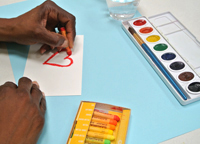
Step One: Draw Your Heart
“For those of you who wish to participate, I’d like to invite you to begin by using oil pastels to draw your heart. Your heart doesn’t have to look like other hearts you see. It can look like anything you want. You are free to use any shape or color. You can use as many colors as you like. You can color the inside or just draw an outline. Remember, this is your time to create and there is no right or wrong way to do it.”
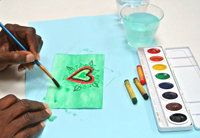
Step Two: Add Color
“Now, you are welcome to add paint on top of the oil pastels. Again, you are free to choose any and as many colors as you like. The more water you use to blend with your preferred color, the more the Cray-Pas show through. The less water, the ‘thicker’ the paint will be and the less the Cray-Pas will show.”
Step Three: Add Words
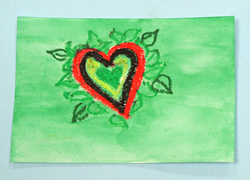 “Now, you can notice if there are any words, or even symbols that go with your heart. You have the choice to write down the story that your heart wants to share, just words, draw symbols, or you may leave it as is. Remember, it doesn’t matter what it looks like. What matters is that you recognize your amazing heart, the feelings and stories you hold inside it, and know that you have the opportunity to express it however way you like.”
“Now, you can notice if there are any words, or even symbols that go with your heart. You have the choice to write down the story that your heart wants to share, just words, draw symbols, or you may leave it as is. Remember, it doesn’t matter what it looks like. What matters is that you recognize your amazing heart, the feelings and stories you hold inside it, and know that you have the opportunity to express it however way you like.”
Closing
For the closing, you may give the children an opportunity to share their amazing Heart Stories and anything they learned, felt or experienced in the process of creating, or anything else they wish to share. Of course, this is purely optional and if no one feels comfortable sharing, it’s perfectly okay.
If you notice the group seems sad by the end, you may leave things on a positive note by inviting the children to share something positive. For example, they may wish to share a way they want to take good care of their heart. Or, they could say something they like about the person on their left, in order to put a nice feeling into everyone’s heart. This is entirely up to you and you are free to close out the workshop however way you see fit.

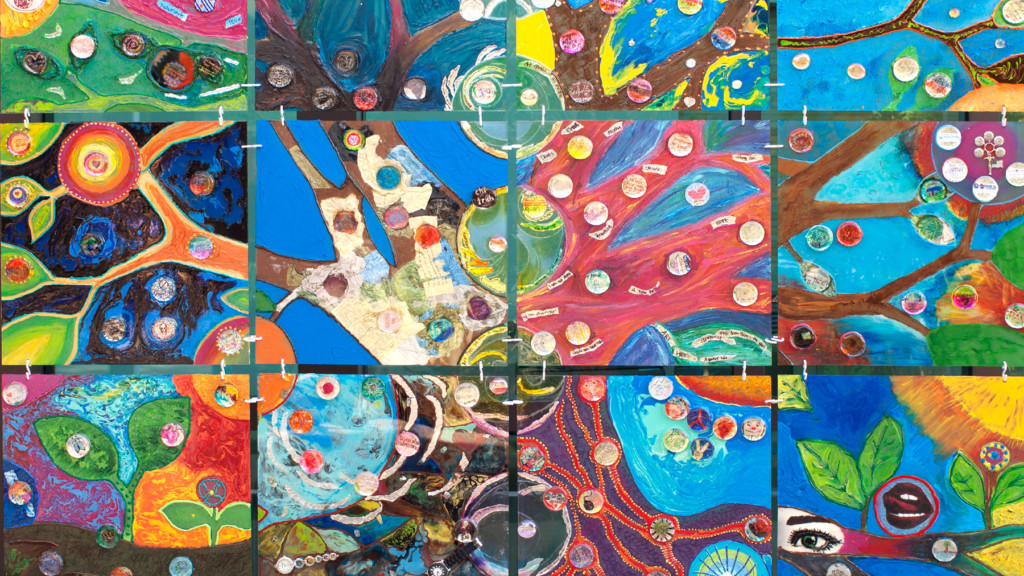
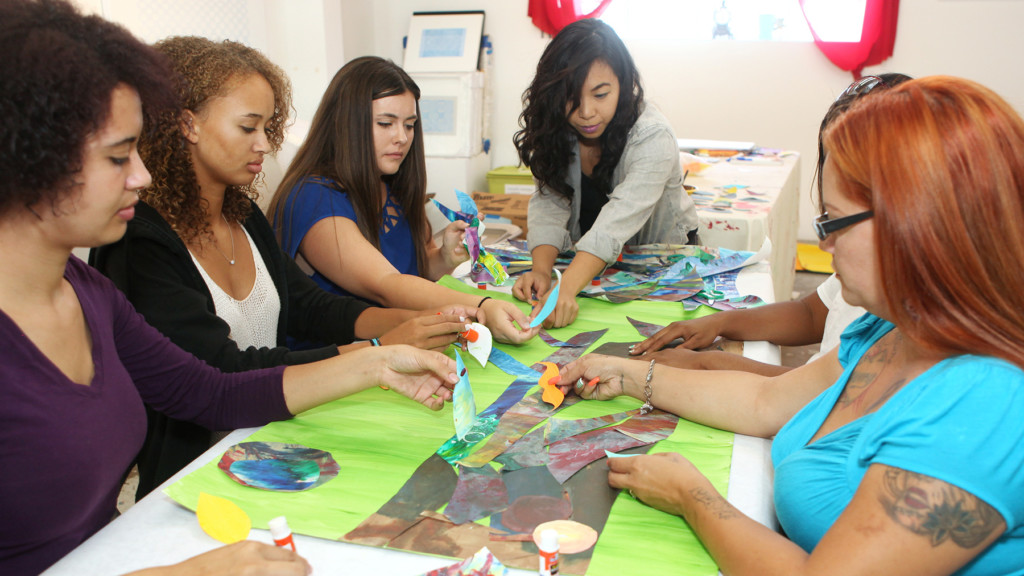
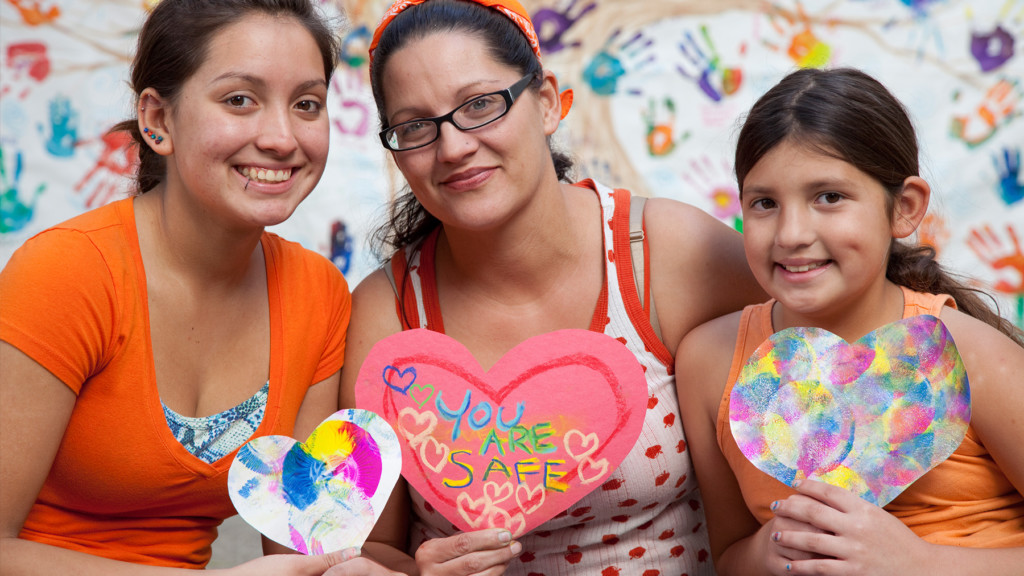
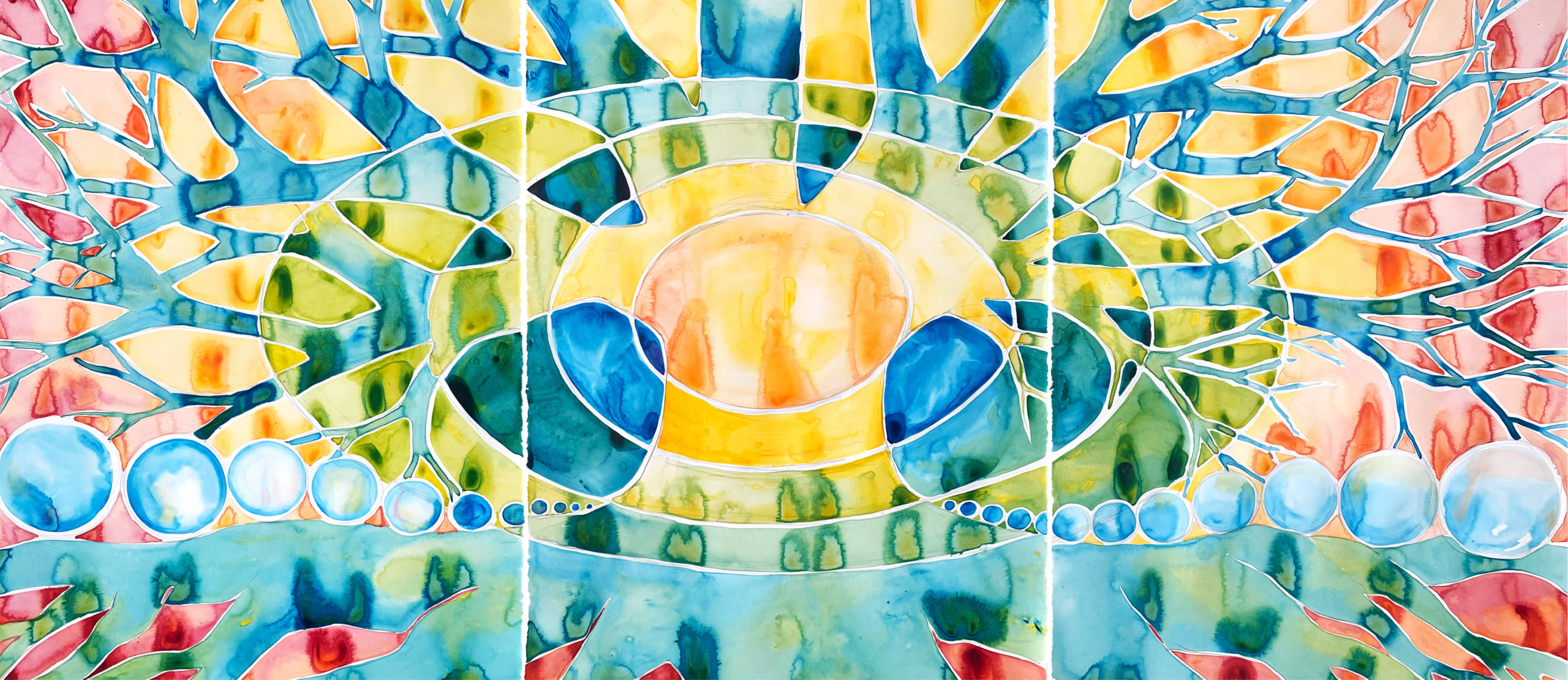

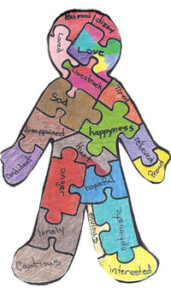
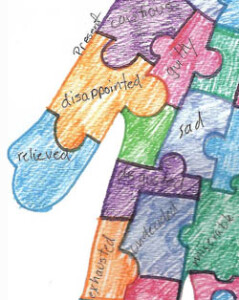
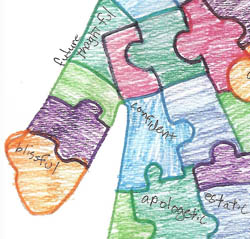

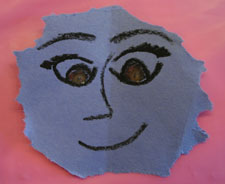
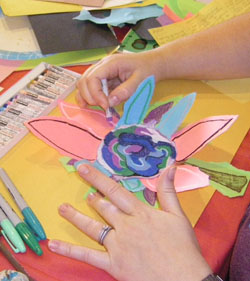
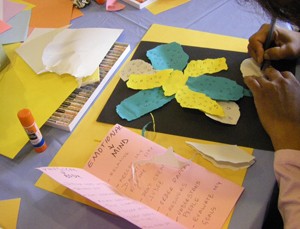
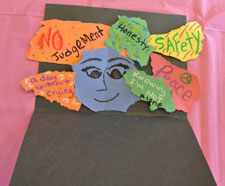
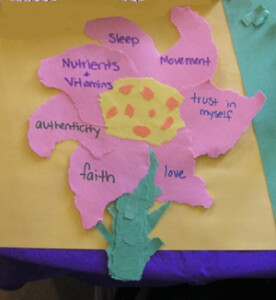
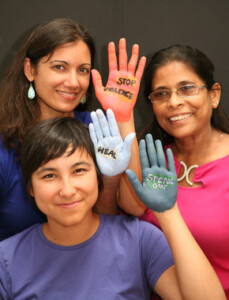
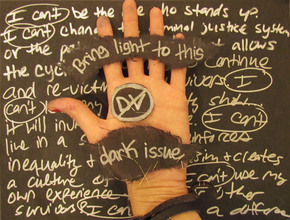
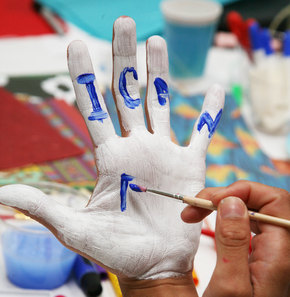
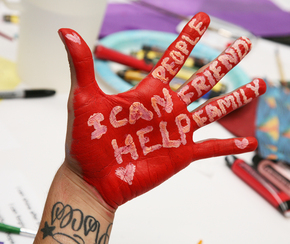
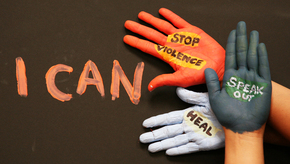
Recent Comments
Healing